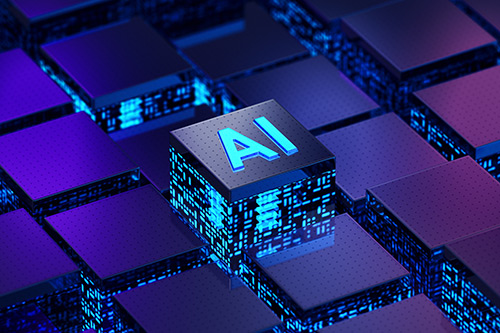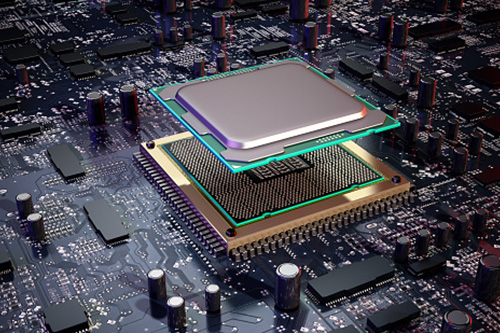AMD Instinct™ GPU Articles
What is the AMD Instinct MI300A APU?
- March 3, 2023
- Author: Peter Krass
Accelerate HPC and AI workloads with the combined power of CPU and GPU compute.
AMD and Supermicro Sponsor Two Fastest Linpack Scores at SC22’s Student Cluster Competition
- December 7, 2022
- Author: Scot Finnie
The Student Cluster Computing challenge made its 16th appearance at the SuperComputer 22 (SC22) event in Dallas. The two student teams that were running AMD EPYC™ CPUs and AMD Instinct™ GPUs were the two teams that aced the Linpack benchmark. That's the test used to determined the TOP500 supercomputers in the world.
Choosing the Right AI Infrastructure for Your Needs
AI architecture must scale effectively without sacrificing cost efficiency. One size does not fit all.
Eliovp Increases Blockchain-Based App Performance with Supermicro Servers
- October 13, 2022
- Author: David Strom
Eliovp, which brings together computing and storage solutions for blockchain workloads, rewrote its code to take full advantage of AMD’s Instinct™ MI100 and MI250 GPUs. As a result, Eliovp’s blockchain calculations run up to 35% faster than what it saw on previous generations of its servers.
Microsoft Azure’s More Capable Compute Instances Take Advantage of the Latest AMD EPYC™ Processors
- October 11, 2022
- Author: David Strom
Azure HBv3 series virtual machines (VMs) are optimized for HPC applications, such as fluid dynamics, explicit and implicit finite element analysis, weather modeling, seismic processing, and various simulation tasks. HBv3 VMs feature up to 120 Third-Generation AMD EPYC™ 7v73X-series CPU cores with more than 450 GB of RAM.
Offering Distinct Advantages: The AMD Instinct™ MI210 and MI250 Series GPU Accelerators and Supermicro SuperBlades
- September 9, 2022
- Author: David Strom
Using six nanometer processes and the CDNA2 graphics dies, AMD has created the third generation of GPU accelerators, which have more than twice the performance of previous GPU processors and deliver 181 teraflops of mixed precision peak computing power.
AMD and Supermicro Work Together to Produce the Latest High-Performance Computers
- August 29, 2022
- Author: David Strom
Lawrence Livermore Labs Advances Scientific Research with AMD GPU Accelerators
- August 18, 2022
- Author: David Strom
The Lawrence Livermore National Lababoratory chose to use a cluster of 120 servers running AMD EPYC™ processors with nearly 1,000 AMD Instinct™ GPU accelerators. The hardware, facilitated by Supermicro, was an excellent match for the molecular dynamics simulations required for the Lab's cutting-edge research, which combines machine learning with structural biology concepts.
- ‹ previous
- 5 of 5










